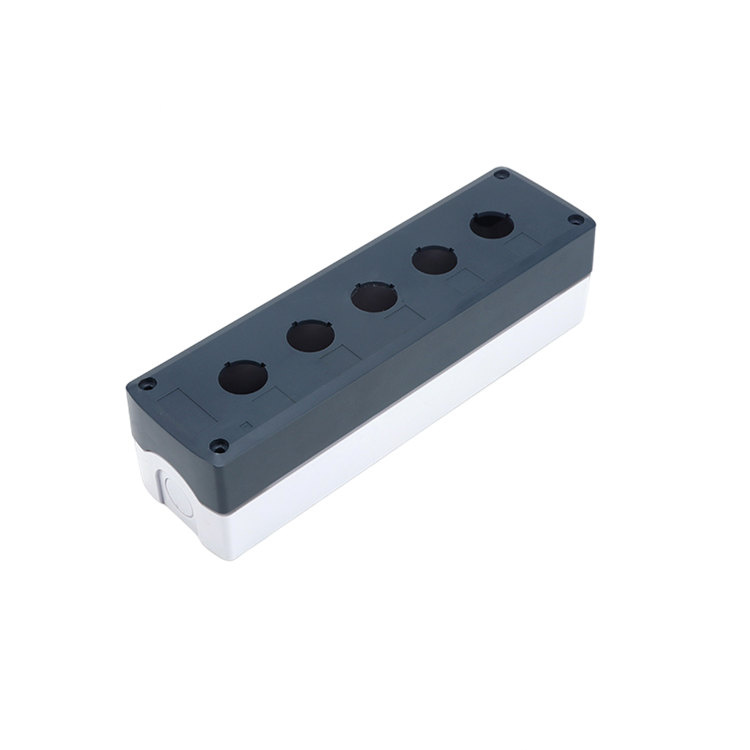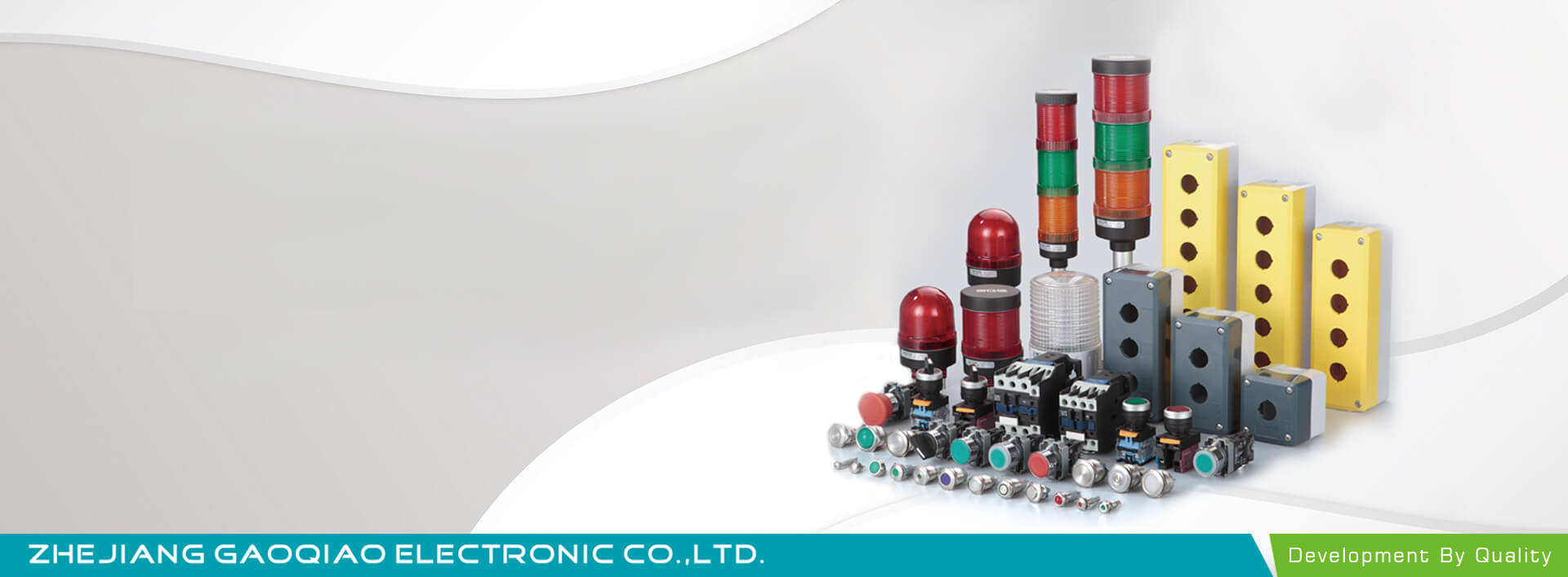Persisting in "High high quality, Prompt Delivery, Aggressive Price", we've established long-term cooperation with clients from the two overseas and domestically and get new and old clients' superior comments for emergency stop push button,
19MM Waterproof Flat Shape Screw Termina,
Should you be interested in almost any goods, remember to truly feel totally free to get in touch with us for further facts or be sure to deliver us email right, we will reply you in just 24 hrs as well as the finest quotation are going to be provided. The product will supply to all over the world, such as, India, The credibility is the priority, and the service is the vitality. We promise we have the ability to provide excellent quality and reasonable price products for customers. With us, your safety is guaranteed
What is an emergency stop push button switch?Emergency stop switch, also known as emergency stop switch, emergency switc
The appliances we use every day at home or in our business establishments consist of several essential components. These
Start and stop button switch, generally used for start and stop. Generally, there are green, red, yellow and so on. We u
Push button switch, also known as control button (referred to as button), is a low-voltage electrical appliance that can
China push button manufacturers should have the following certifications in the European and American marketsCE certific
Stainless steel: Stainless steel has the characteristics of high strength, corrosion resistance, and high temperature resistance. It is one of the commonly used materials for making metal buttons. Aluminum alloy: The aluminum alloy material has the characteristics of lightness, high strength, and good thermal conductivity, and is often used to make metal buttons.
GQEM provides high-quality push button switch products, including LED push button switches, metal push button switches, indicator lights and other types. With high sensitivity, stability and reliability, our push button switches are widely used in home appliances, automobiles, medical and other fields. Welcome to visit GQEM official website for more information.
GQEM was founded in 2004, is an industrial production Professional manufacturer of product research and production. The main products are LED indicator, press Button, buzzer, PG waterproof connector, contactor and LED components, etc., It is widely used in control cabinets, power distribution cabinets, instrument cabinets and various control consoles.
The push button switch is a commonly used electrical control component, which is mainly used to control the switching state of the circuit. When the button is pressed, the switch will be closed, the circuit will be energized, and the electrical equipment will start to work; when the button is released, the switch will be turned off, the circuit will stop energizing, and the equipment will stop working.























